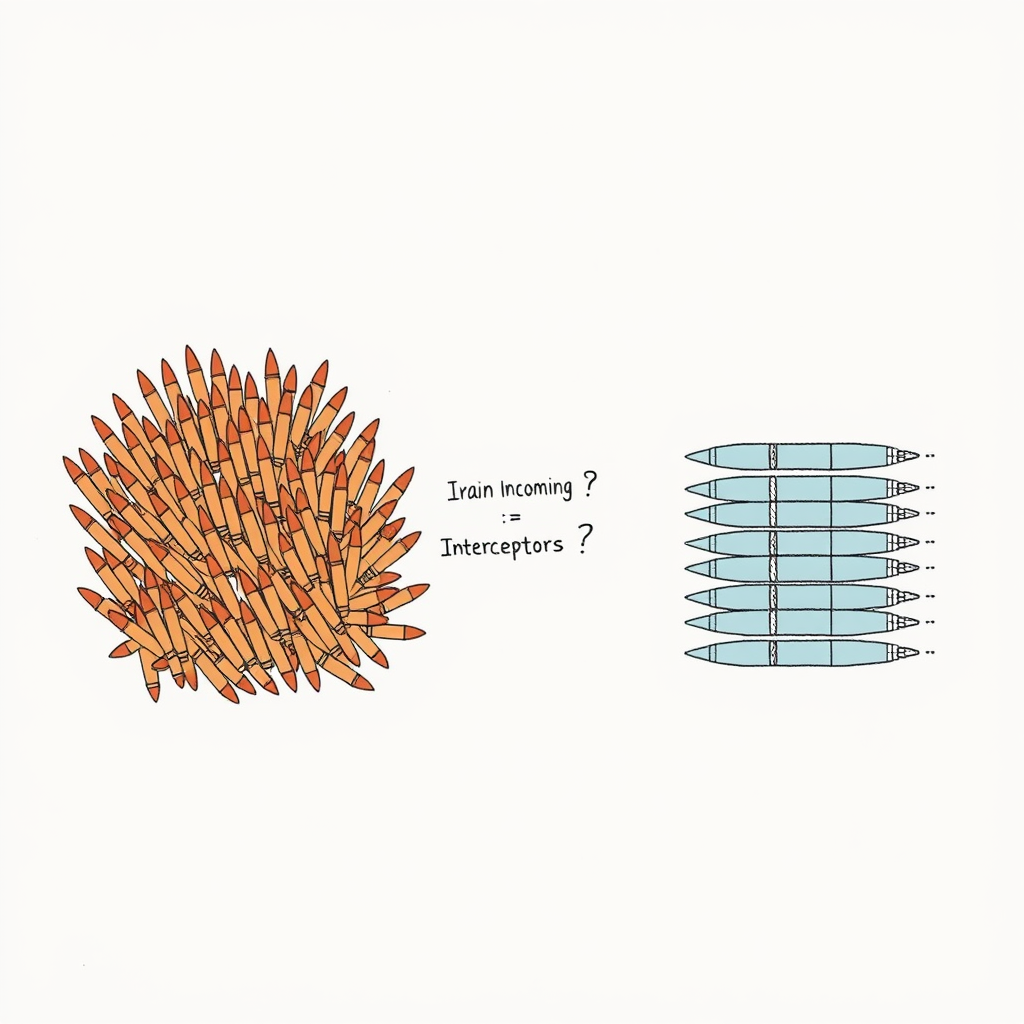Israel’s Defense: Numbers That Decide This War

The escalating conflict between Israel and Iran hinges on a stark calculation: the balance between Iran’s long-range missile arsenal and Israel’s capacity to intercept them. Recent exchanges have highlighted the critical importance of Israel’s air defense systems, particularly in countering the volume and sophistication of Iranian attacks. While Israel possesses advanced interceptors like Iron Dome, David’s Sling, and Arrow, the sheer number of missiles launched by Iran presents a significant challenge. Each interception is costly, both financially and in terms of depleting defensive resources. The sustainability of Israel’s defense relies not only on the effectiveness of its technology, but also on its stockpile of interceptors and the ability to replenish them quickly. This isn’t simply a technological contest; it’s a war of attrition where the duration and outcome will be heavily influenced by logistical capabilities and the rate at which each side can sustain its offensive and defensive operations. The current situation underscores the precariousness of relying solely on defensive measures, and raises questions about the long-term viability of this approach in the face of continued Iranian missile launches. Ultimately, the “math” of this conflict – the ratio of incoming missiles to available interceptors – will be a key determinant in how much longer this current phase of hostilities can continue.